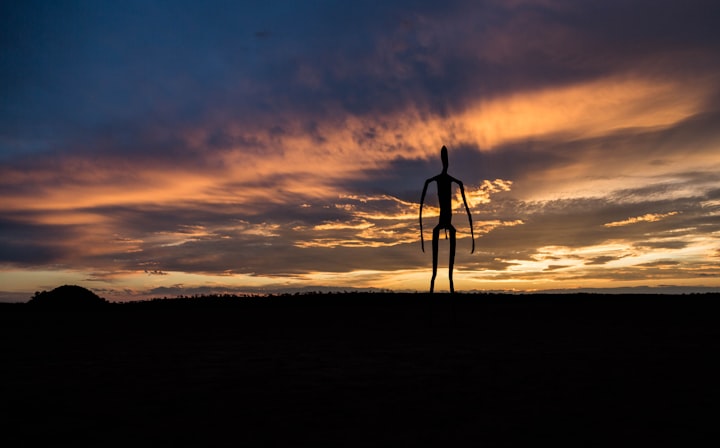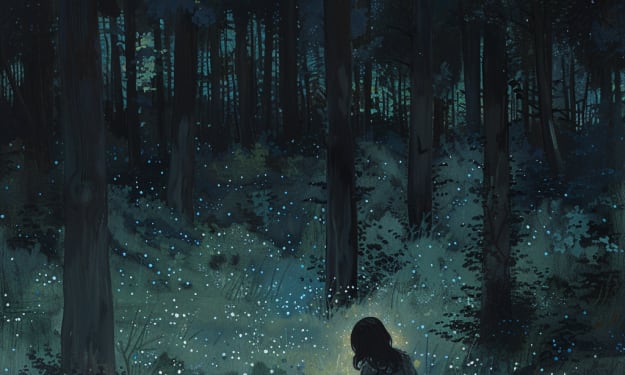
huge vines that blanket the southern united states,
hiking as excessive as a hundred feet as they uproot bushes and swallow buildings.
A starving snake this is capable of devouring an alligator.
Rabbit populations that eat themselves into starvation.
those are not horror movie concepts.
they are real tales,
but how may want to such situations exist in nature?
All 3 are examples of invasive species,
organisms harmful not due to what they are,
but in which they take place to be.
The kudzu vine, for example,
had grown pleasant in its native east Asia, eaten by way of numerous bugs
and loss of life off at some point of the bloodless winters.
however its fortunes changed
whilst it changed into imported into the southeastern united states
for porch ornament and cattle feed.
Its planting changed into even subsidized by using the government to fight soil erosion.
With sunny fields, a mild climate, and no natural predators in its new home,
the vine grew uncontrollably
till it have become referred to as the plant that ate the South.
in the meantime in Florida's Everglades, Burmese pythons,
concept to were released with the aid of puppy owners,
are the purpose of reducing populations of organisms.
they're successfully outcompeting top predators,
including the alligator and panther,
inflicting a enormous discount of their food resources.
they're no longer a problem in their native Asia
because diseases, parasites, and predators assist to govern their populace size.
And in Australia, european rabbits eat so many plants
that they wipe out the food supply for themselves and different herbivores.
they may be a pretty latest addition,
intentionally introduced to the continent due to the fact one man enjoyed looking them.
just like the Burmese pythons,
various factors of their native habitat keep their numbers in control.
however in Australia, the lack of predators
and a weather best for year-lengthy replica
lets in their populations to skyrocket.
So why does this keep occurring?
most of the world's ecosystems
are the end result of millennia of coevolution by way of organisms,
adapting to their environment and each different
till a stable stability is reached.
wholesome ecosystems keep this stability through proscribing factors,
environmental conditions that restrict the size or range of a species.
these encompass such things as natural geography and climate,
food availability,
and the presence or absence of predators.
for example, plant increase relies upon on tiers of sunlight and soil vitamins.
the amount of fit for human consumption flora impacts the population of herbivores,
which in flip influences the carnivores that feed on them.
And a healthy predator populace keeps the herbivores from becoming too severa
and devouring all the plants.
however even minor modifications in one factor can upset this stability,
and the surprising creation of non-native organisms
can be a quite main trade.
A species that is developed in a separate habitat
can be susceptible to distinctive proscribing factors,
specific predators,
distinctive energy resources,
and one-of-a-kind climates.
If the new habitat's limiting factors fail to limit the species boom,
it will keep to multiply,
out-competing local organisms for assets
and disrupting the complete environment.
Species are occasionally brought into new habitats through natural elements,
like storms,
ocean currents,
or weather shifts.
most people of invasive species, although, are brought via human beings.
often this occurs accidentally,
as whilst the zebra mussel was accidentally brought to Lake Erie by shipment ships.
however as humans migrate round the arena,
we've got additionally intentionally delivered our plants and animals alongside,
rarely considering the results.
but now that we're learning greater
about the outcomes of invasive species on ecosystems,
many governments closely screen the delivery of flora and animals,
and ban the imports of certain organisms.
however may want to the species with the most drastic environmental effect
be a group of primates who emerged from Africa to cover maximum of the arena?





Comments
There are no comments for this story
Be the first to respond and start the conversation.